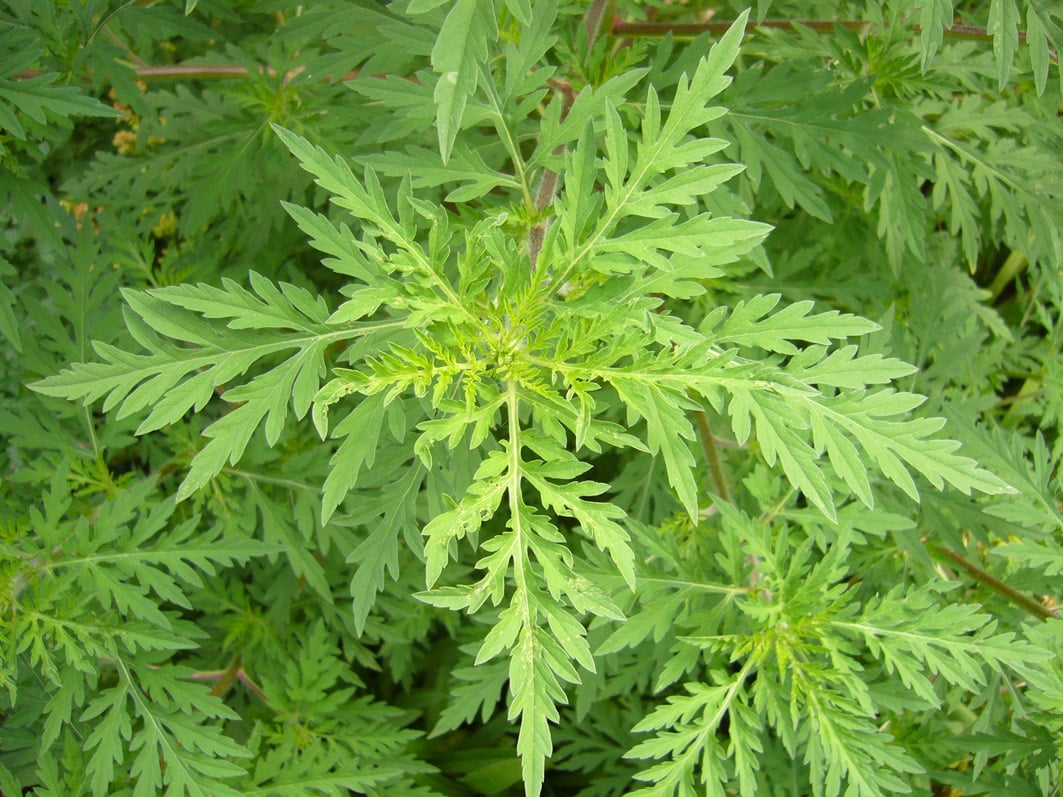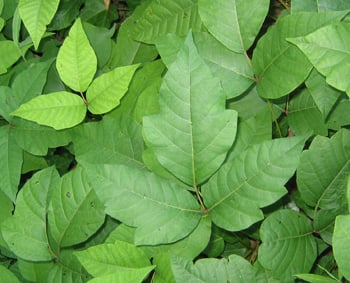Sustainable Development
- Trees
- Ecological Events
- Ecogestures
- Environmental Programs
- The unwanted...
- Environmental Publication
Ragweed or poison ivy?
| Ragweed | Poison Ivy |
 |
 |
|
Plant Description
|
Plant Description
|
|
Symptoms related to ragweed allergy
|
Symptoms caused by poison ivy
|
|
How to eliminate ragweed?
|
How to eliminate poison ivy?
|

